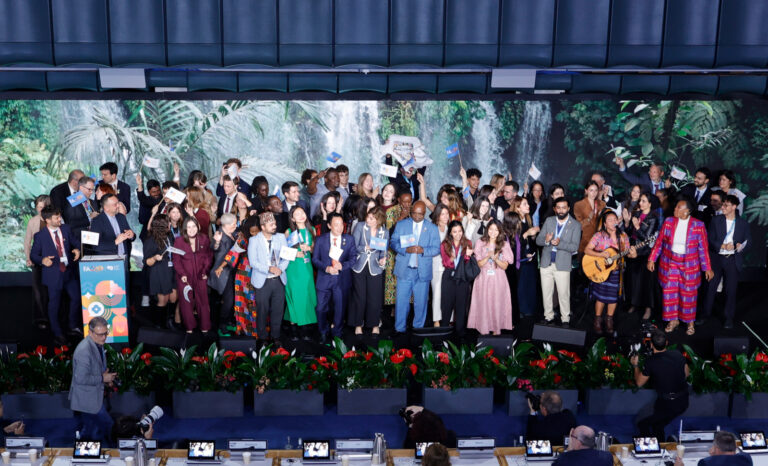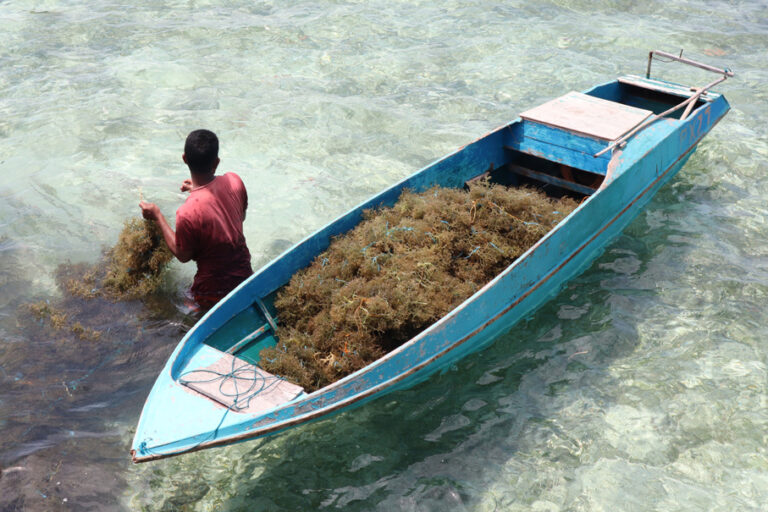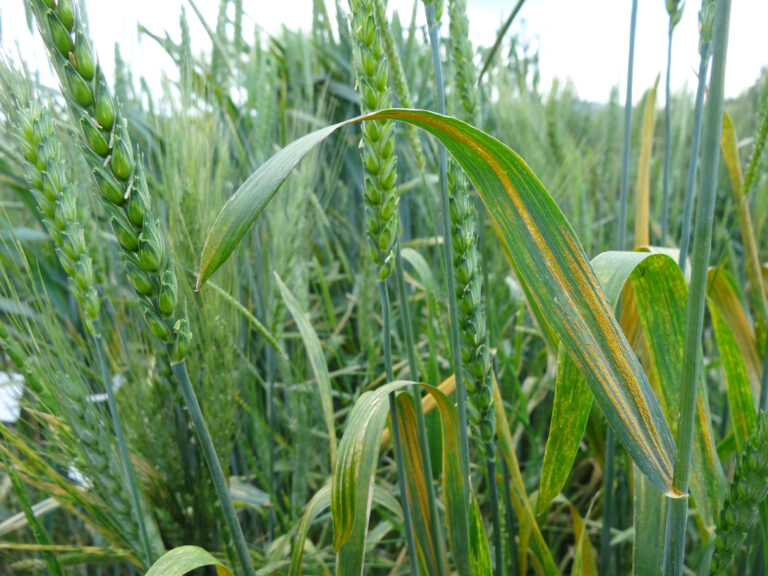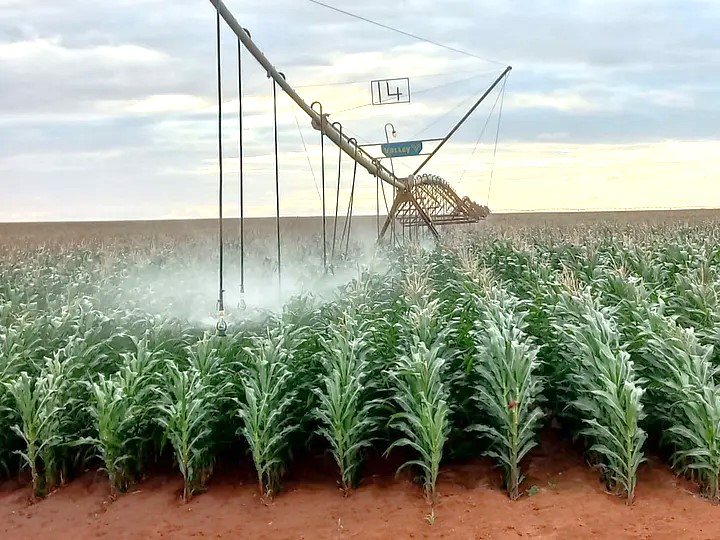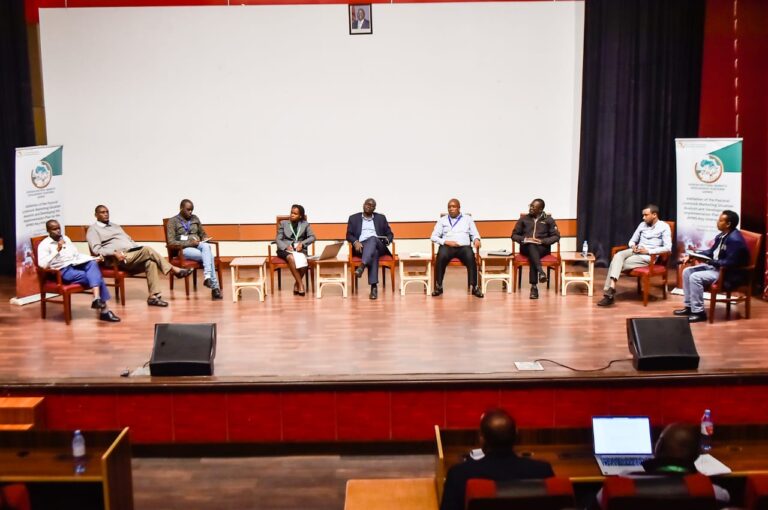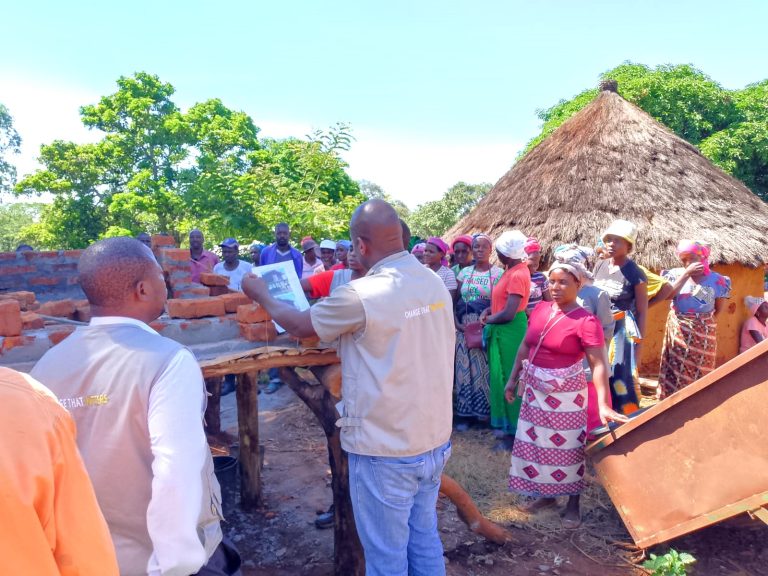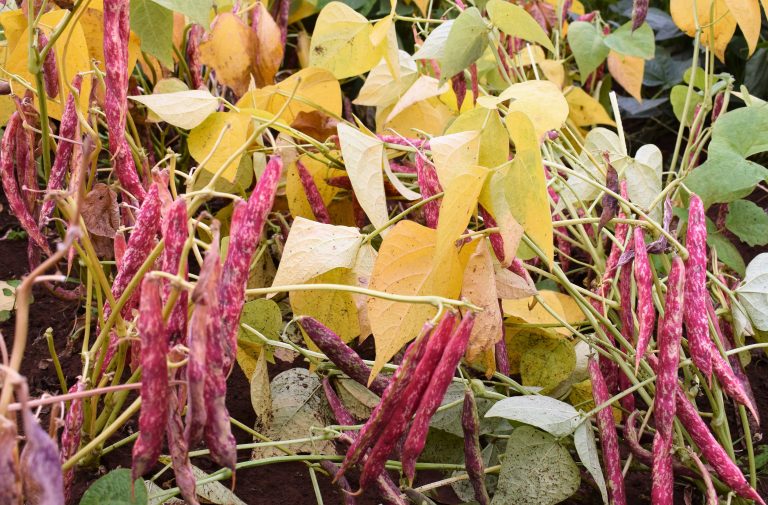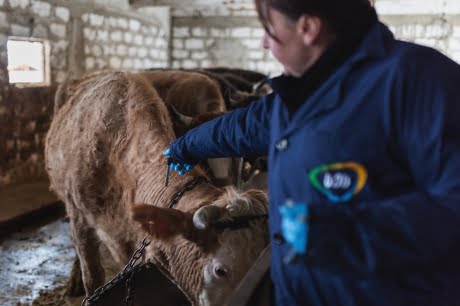Carla Mucavi, the Food and Agriculture Organization of the United Nation’s Representative in Kenya, stresses the need to urgently scale up efforts to improve the resilience of rural and pastoral communities in the Horn of Africa region where the impact of shocks, including severe drought, will continue to be felt into 2022.
The Horn of Africa has historically been vulnerable to climate shocks and insecurity. What is the situation like now?
Carla: There are currently around four cumulative shocks that are triggering fragility in the Horn of Africa. Conflict, below-average rainfall for the third season in a row, then, of course, the economic impacts of COVID-19 and other macroeconomic challenges – we’ve seen prices spiking in the region and the desert locust crisis that has been an aggravating factor.
Human-induced conflict is particularly exacerbated in Ethiopia, Somalia and South Sudan with people forced to leave their homes. This is a recurring and growing threat in the region.
Then there are the climate shocks that have accelerated in the past 20-30 years, both in terms of frequency and magnitude. Right now, we are most concerned about the severe episode of below-average rainfall that started a year ago. Since then, we’ve had three consecutive poor rainy seasons.
One poor rainy season no longer triggers significant livelihood impacts. It’s the accumulation of seasons that start to trigger the desperate situation we are in.
Are these poor rains related to climate change?
Definitely. We are seeing more frequent episodes of El Niño and La Niña and alternates of the two. These episodes tend to also be more prolonged.
Which communities in the Horn of Africa are most affected? And why?
According to the 2021 FAO damage and loss report, drought impacts agriculture almost exclusively; and the most serious manifestation of a drought-related crisis starts with pastoral communities who depend on livestock.
We also know that if there is no feed (food) for livestock, the malnutrition of children under five increases rapidly. If the animals don’t have enough feed, they can’t produce milk. It’s as simple as that.
What we also tend to see in Kenya, but not only, is the increasing conflict that emerges over natural resources. Between humans and wildlife but also between communities. It’s really the pastoralists that are most affected, but farmers are too.
How so?
Well, here we’re talking about the smallholder farmers and agropastoral communities that are living on the margins of arid and semi-arid lands and that are farming to feed themselves and their families.
If they don’t secure a minimum harvest, they will suffer during what we call the lean season. The severe display of malnutrition or food insecurity will be during the March to June season when people will have exhausted what limited food stocks they may have. They’ll have to wait until the following year’s harvest in July to have a supply of their own food.
In the time between, they’ll likely have to buy food. Unfortunately, we’ve seen a real increase in the price of food in the market. That’s quite alarming as data has shown that in part of the region prices are even higher than what they used to be during the 2011 famine in Somalia.
How many people are suffering from food insecurity?
We don’t have a full picture yet for Ethiopia, but when you look at food insecurity trends across the region, the number of people in Kenya and Somalia that are highly food insecure or in Crisis or worse (what we call IPC Phase 3 and above), is already increasing. In Kenya, 1.5 million additional people are in need now compared to a year ago. Meanwhile, according to FAO’s Food Security and Nutrition Analysis Unit, an additional 1.4 million people are in need in Somalia.
We’re not starting from zero people vulnerable, these 2.9 million people, plus those in Ethiopia, are in addition to those already in need. This will likely only get worse as we move into the pastoral and agropastoral lean seasons during the first half of 2022.
The UN recently launched a drought flash appeal in Kenya. How is the humanitarian community responding to the alarming situation there and in the rest of the region?
Right now, we are concerned with 3 countries in particular: Kenya, Somalia and Ethiopia.
Somalia and Ethiopia are unfortunately in chronic crisis and both countries have a Humanitarian Response Plan (HRP) for 2021. However, both have been significantly underfunded. We are now working on the 2022 HRPs that will factor in the additional people in need that I mentioned before. We need our partners to finance these appeals. We’re basically starting in the negative because we weren’t able to assist people in 2021 to the level that was necessary.
Kenya is in a slightly different situation. In normal circumstances, it would be able to absorb these climate shocks. The repetition of the shocks is really what is plunging the country into a livelihood crisis.
The humanitarian community, led by OCHA, recently launched a multisector, multiagency appeal. But before this, in August, FAO and the Government of Kenya launched a joint appeal.
Since August we have provided pastoral communities with 32 000 bags of livestock supplement feed (50 kg each) and animal health items in Kenya, 45 tonnes of range cubes in Somalia, and 126 tonnes of multi-nutrient blocks to 1 400 households in Ethiopia. It has resulted in livestock remaining alive but it’s not enough.
Can you tell us more about FAO’s response? Why is livelihood assistance so important in a moment when people likely need food immediately?
We want to prevent as many people as possible from having to rely solely on food assistance. While it must be part of the response, there are a number of things we can do before to save people’s livelihoods and therefore their lives.
We all need to acknowledge that protecting rural livelihoods is a core element of the immediate emergency humanitarian response to these crises, in addition of course to other life-saving support.
We need to make sure their animals remain productive, in other words, producing milk. We need to provide feed or mineral blocks for livestock. The livestock feed we provide in Kenya for example is a special formulation that we know based on evidence from agro/pastoralists helps weak animals regain their strength within three days. We also need to provide water. And we need to make sure that animals are treated. This means deworming, supporting weak animals with multivitamins, and administering vaccines against common animal diseases.
Farmers who are experiencing poor harvests will also still need to consume food. They will need cash. We want to avoid them selling their assets (e.g. tools) or adopting what we call unsustainable coping strategies, like reducing the number of meals or stopping their kids from going to school.
What is the forecast for 2022? Will the drought continue?
We know that the significantly poor rainfall now is going to result in a spike in the number of food insecure people in the first half of 2022. It is a little early to say but our partner FEWS-NET is pointing towards a possible poor rainy season again from March to May.
Why is acting now so important?
We don’t have the luxury to just hope that the next rainy season will be good and somehow start to offset the current deteriorating situation. We have to prepare for an increasing number of people being vulnerable until June 2022.
We’re already seeing the signals of similar crises in the past, like 2016 and 2019. So, yes, we must act now.
We are at the stage of mitigating an impact that could be much greater. The shockwave is in the making. We can and must confine it.



